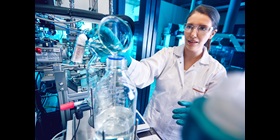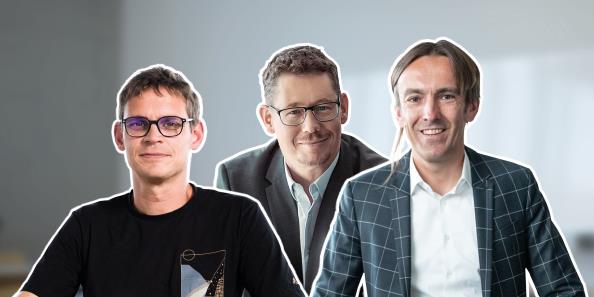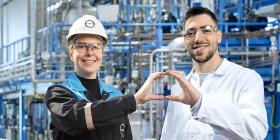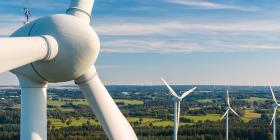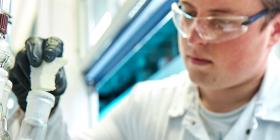Biomass, recycled end-of-life products, waste and CO2 – for Covestro, these are the raw materials of the future. These renewable resources provide carbon, which can be returned to the cycle and are no longer leaked into the atmosphere to the detriment of the environment.
As a result, fossil raw materials such as petroleum, on which the chemical and plastics industry still heavily depends, can be replaced. Worldwide, the industry consumes around 14 percent of all petroleum. Its extraction, processing and use, however, is very climate intensive. For example, in their life cycle, plastics are responsible for about 3.4 percent of all greenhouse gas emissions.
Covestro has set itself the goal of manufacturing its products entirely on the basis of alternative raw materials in the long term. The company is introducing more and more circular and climate-neutral plastics onto the market for various applications and industries. Our CQ label marks products that are made from at least 25 percent alternative raw materials.
Two ways of use
Covestro intends to propel the circular economy with alternative raw materials – as a large project for the future of society as a whole. And to ensure that use of the new resources is actually sustainable and production is climate-neutral, Covestro is powering more of its plants and processes with renewable energies. It's just another way we aim to eliminate fossil fuels and make our production processes fit for the future.
There are two ways to use alternative raw materials. One way is to process them separately from conventional fossil-based raw materials. Another option is the combined processing of alternative and fossil-based raw materials – the amount of alternative raw materials used is allocated to a specific product. This process is called mass balancing. Covestro already uses this method and certifies mass-balanced raw materials according to the ISCC PLUS approach. All major production locations around the globe have now adapted to this internationally recognized standard.










